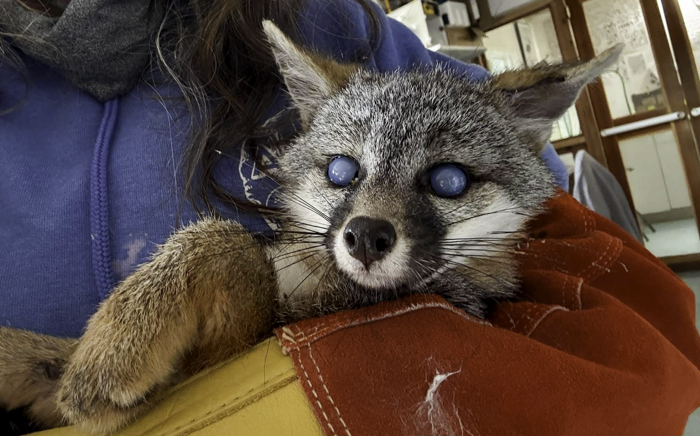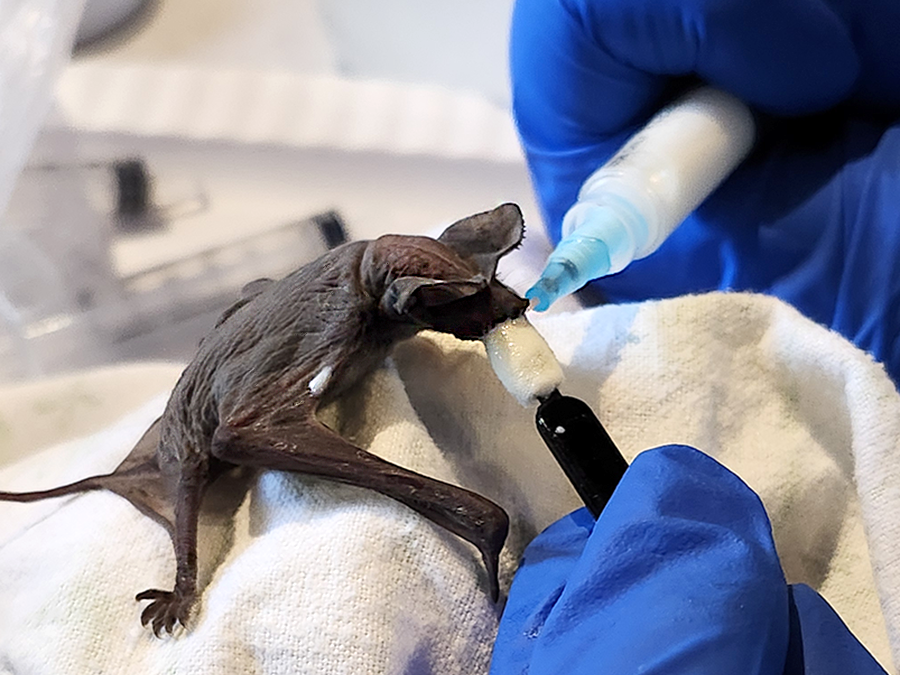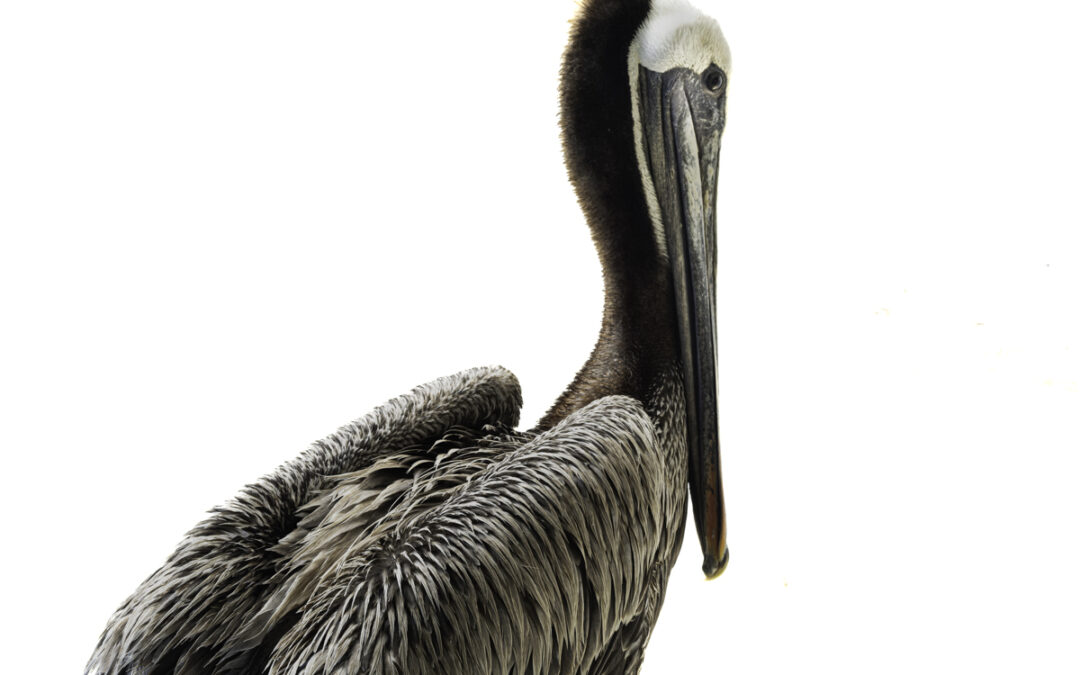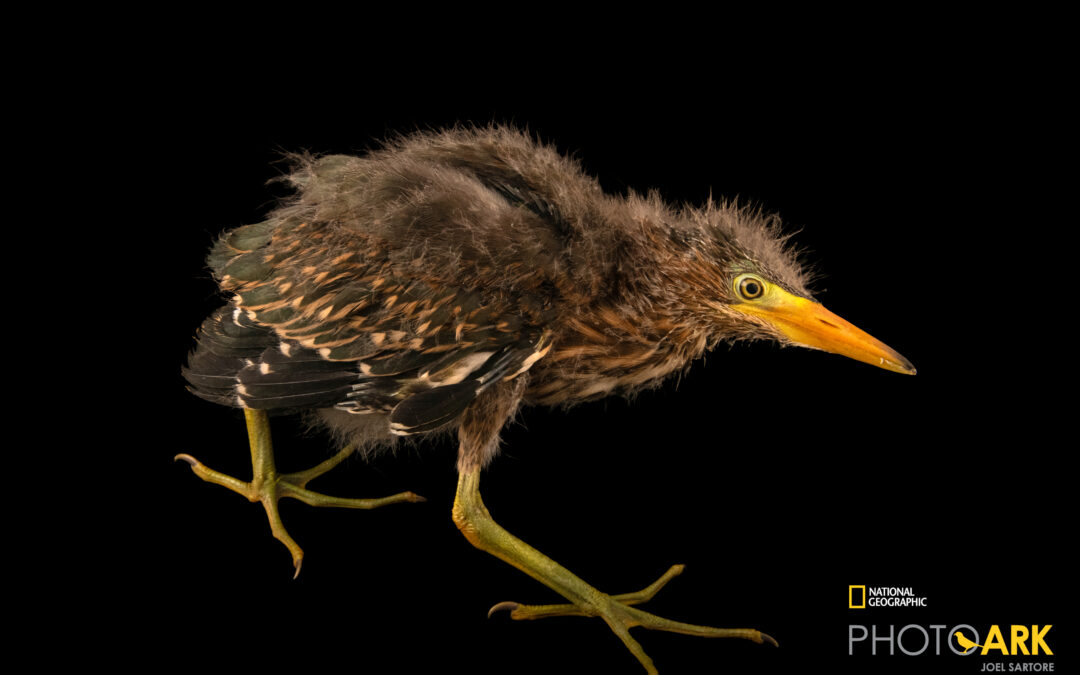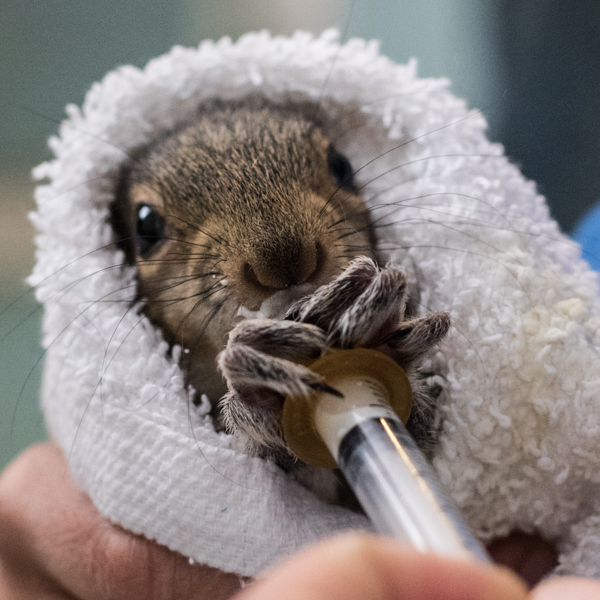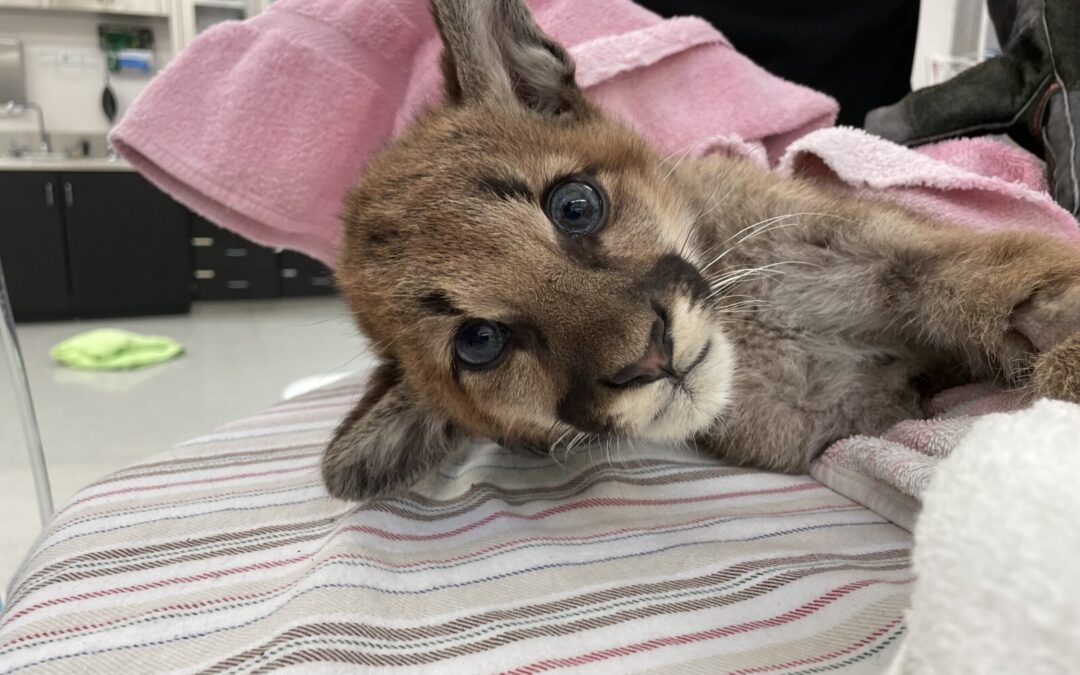How to coexist with your wild neighbors
Here are lots of tips on how to humanely encourage your backyard neighbors to remain in the wild and not under your house. Remember that live-trapping and relocating is not a final solution, and it is illegal.
Download PDF: Protect your house; protect our native wildlife
Raccoons keep getting into the garbage, what do I do?
- Do not feed raccoons. Deliberate feeding of raccoons makes them more comfortable around humans and more likely to get into situations where they are unwanted or in danger. If there is no food and shelter to support them, most wild animals will go away and thrive off the natural environment.
- Fasten garbage can lids.
- Harvest all ripe fruit from trees and shrubs, and remove fallen fruit from the ground.
- Pick up family pet food and water dishes. Never leave family pet food and water dishes outside overnight.
» Tips for dealing with raccoons in your yard, under your house, or in your attic.
Opossums are nesting under our house, how do I get rid of them?
Ways to humanely get an Opossum who has already moved in to leave, are as follows:
- Place lights or a radio during the day where and when the animal is sleeping.
- Puncture several coffee cans and place ammonia soaked rags in them. Distribute the cans in several spots. Do not use ammonia around baby animals. Instead soak the rags in cider vinegar.
» Tips for dealing with opossums in your yard or under your house.
A mother skunk and her babies are living under our house (or deck). What should I do to get them to move out?
Skunks are normally very predictable and easily manipulated. Hereʼs how to convince them to leave:
- Place a light source such as a lamp, drop light or flashlight where you suspect the skunks are staying, so their home is well lit at night. Skunks are nocturnal and donʼt like light. At the same time, play a radio as loud as is comfortable for you and place several ammonia soaked rags in the general vicinity of the suspected den. Basically, what you are doing is making the skunks den unappealing to the skunk and they will readily move to more a more friendly home.
- If convincing your family of skunks seem too drastic a move, let the family stay until the babies are old enough to take off on their own. They won’t stay forever and will be out and about by the end of summer. Once you are sure the skunks have moved out, cover up their entry and exit. Remember, skunks dig for food, so make sure that when you block their entry, the barrier continues approximately 6 inches below the soil.
- Do not trap and relocate skunks. Even though this might seem like an easy solution to your skunk “problem”, it is illegal and not a permanent deterrent to others moving in.
» Tips for dealing with skunks in your yard or under your house.
How do I keep deer out of my garden?
Deer of are such beautiful creatures to observe, but if you do not want them in your garden, here are some helpful hints to humanely keep them away:
- Fruit trees are a natural attractant. Fruit should be harvested and fallen fruit removed.
- Grass and underbrush should be kept trimmed. Attractants can be surrounded by repellent plants such as: catnip, chives, garlic, lavender, onion, sage, spearmint and thyme.
- Visual stimuli like strobe lights, mylar tape, scarecrows, bright lights, motion activated water sprays, loud noises and radios will help keep the deer away.
- Deer fencing at least 8 feet high or simply fencing individual plants.
If you see an adult deer with a broken leg or other injury, leave the animal alone unless it can’t stand up. Even though the injury may take a long time to heal, this is far preferable to the trauma of chase and capture. Wild animalʼs ability to heal and their adaptability of some injuries are quite amazing.
I found a squirrel/squirrel nest, what do I do?
Many orphaned baby squirrels brought to Native Animal Rescue for rehabilitation are brought due to human interference.
A mother squirrel who is frightened off her nest by tree trimmers, leaves her young very vulnerable to the elements and to other predatory animals.
If you must trim trees, please check all limbs for squirrel nests before hand. If you accidentally knock a nest out of a tree, retrieve the babies and their nest and place the nest with the babies in a nearby tree limb safe from predators and out of direct sunlight.
If the nest is broken, make a replacement nest of the same shape. You can use a common household container, such as a margarine tub, strawberry basket. A word of caution: do not use cleaning product containers, they are highly toxic to young animals.. Poke holes in the bottom for drainage and line the container with natural materials like those of the original nest. Place this as close to where the original nest was located.
Many people believe that if you touch and handle a baby squirrel and the nest, the mother squirrel will not take the baby squirrels back. Not true. Don’t worry, the mother squirrel will always take her young back. So always put the nest back into a tree as close to it’s original location as possible.
If you find that a mother squirrel has moved into your attic and has given birth to babies, please refrain from evicting her and her young until AFTER her young are old enough to leave on their own. The following are some simple steps you can take to safeguard your house BEFORE squirrels take up residence in your attic.
- Never attempt to handle an adult squirrel as they are excitable creatures and handling causes intense stress. A stressed squirrel may bite or scratch.
- Be sure to seal up any openings that lead to your attic or underneath your house.
- Trim branches at least 10 feet away from your house. Squirrels use branches as their “freeway” system of travel and can jump from branches to your roof.
- Make sure your chimney opening on your roof is covered by wire mesh to prevent squirrels from entering your house through the chimney. If a squirrel falls into your chimney, secure a heavy rope from the top of the chimney and drop it down to the fireplace. This provides a perfect escape route during daylight hours.
- Place several ammonia-soaked rags in cans that are punctured with several holes in places such as attics or underneath houses and decks. Do not use ammonia if baby animals are present. Instead soak the rags in cider vinegar.
- If you do find a squirrel has already found its way into your attic and you KNOW there are babies, please wait until they are old enough to leave before evicting the family.
How can I make our yard less attractive to squirrels?
- Remove as many food sources as possible. This means feeding birds in squirrel proof feeders or not at all.
- Rake up fallen acorns and other nuts and remove from your yard.
- Protect flower bulbs and prevent digging in gardens by placing one inch mesh chicken wire over the bed before bulbs sprout in spring.
How do I reduce my chances of encountering a mountain lion near my home?
If you live in mountain lion habitat, the following is what you can do to reduce the chances of encountering a mountain lion near your home:
- Don’t Feed Wildlife. It is illegal in California to do so and by feeding deer, raccoons and other wild animals, it will attract mountain lions, which prey upon them.
- Deer proof your landscaping by avoiding plants that deer like to eat. For tips, request A Gardener’s Guide to Preventing Deer Damage from Dept. of Fish and Game offices or read the guide on-line by clicking here.
- Trim brush to reduce hiding places for mountain lions. Make it difficult for mountain lions to approach your yard unseen.
- Don’t leave small children or pets outside unattended.
- Install motion-sensitive lighting around the house.
- Provide secure shelter for livestock. Sheep, goats, and other vulnerable animals.
- Keep pets secure when mountain lions are most active: dawn,dusk, and night. Roaming pets are easy prey for mountain lions.
- Bring pet food inside to avoid attracting raccoons, opossums, and other potential mountain lion prey.
What should I do if I meet a mountain lion?
- First, do not hike, bike or jog alone. Go in groups with adults supervising children. Avoid these activities when mountain lions are most active, at dawn, dusk and night. Make noise when you hike, bike or jog to reduce the chances of surprising a mountain lion.
- Avoid hiking or jogging when mountain lions are most active–dawn, dusk, and at night.
- Always keep a close watch on small children. A child’s small size may draw a mountain lions attention. Keep children within your sight at all times.
- Never approach a mountain lion. Most mountain lions prefer to avoid confrontations, so never approach them and make them feel cornered.
- Never run from a mountain lion. Stand and face the animal. Raise your arms and open your jacket, if wearing one, to appear larger. Pick up small children if present without crouching or bending. Never bend over or turn away from a mountain lion.Wave your arms slowly and speak firmly in a loud voice. Convince the lion that you may be danger to it. Your objective is to make yourself look as LARGE and THREATENING as possible.
- Fight back if a lion attacks you. A strong walking stick can be useful in warding off a lion. If you have a rock or stick, throw it at the lion and back away very slowly. Lions have been driven away by prey that fight back.
- If a mountain lion attacks a person, immediately call 911.
Mountain lions are an important predator at the top of the food chain, focusing on deer and elk thereby helping to keep these populations healthy and habitat from being overgrazed. They are essential to the lands in California. Without them, prey animals like deer will increase, resulting in a change of the vegetation. That would possibly have a detrimental effect on the land. Without mountain lions, the ecosystem would change forever.
This information is provided by California Department Fish & Game. For more information, click here.
For more information on mountain lions in Santa Cruz County, click here.

